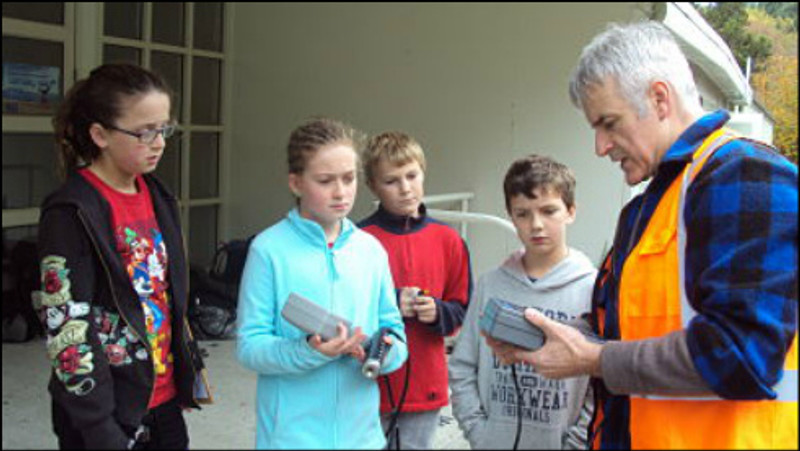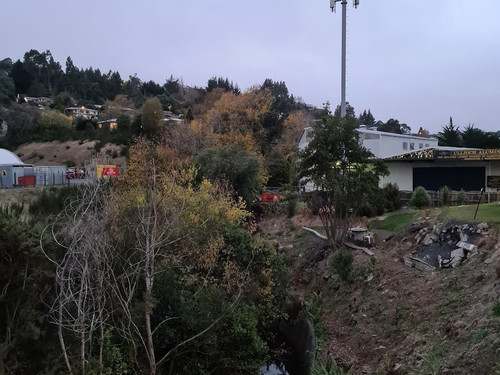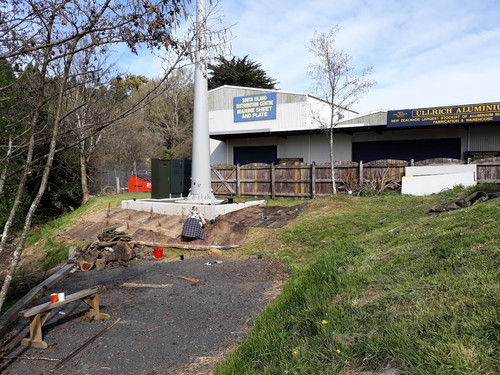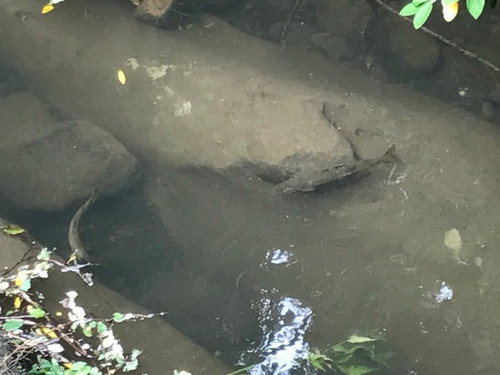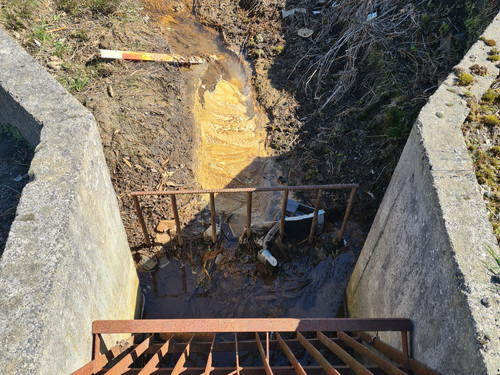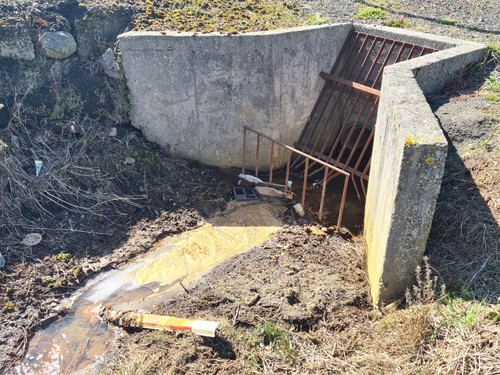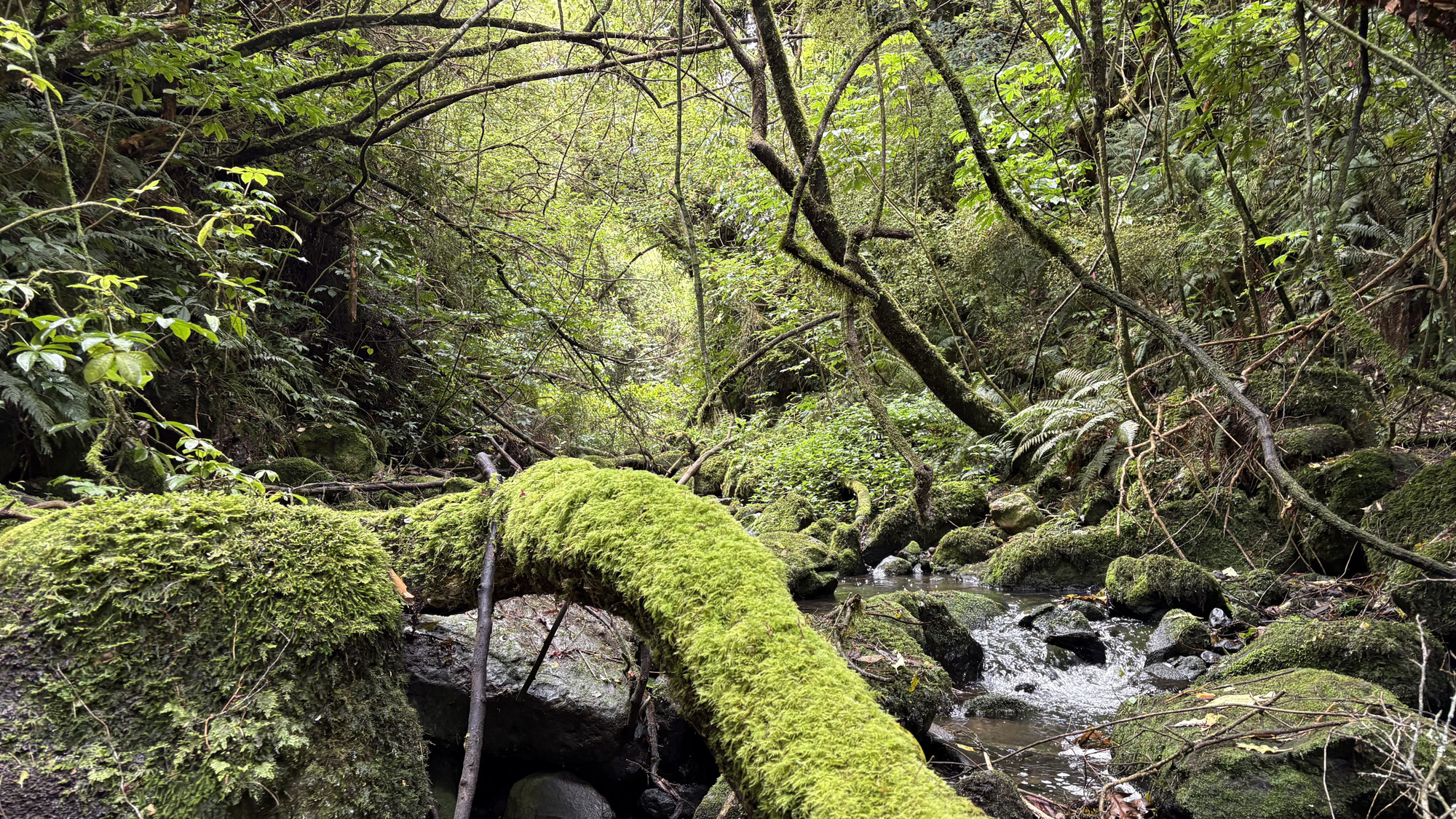Water Quality in Kaikorai Stream
Kaikorai Stream is the life force of the valley. Previously treated as no more than a drain, the stream shows signs of recovery and is now a mix of pollution and inspiration. The Turboweb crew have seen eels, trout, and other fish in the water. Ducks are also very common.
Catchment
The stream drains the south eastern and eastern slopes of Flagstaff, Kaikorai Hill and the Balmacewen area, flows through Kaikorai Valley and Green Island and empties into Kaikorai Estuary. The water catchment area is 4,100 hectares (10,000 acres) and has about 15,000 residents. There are two branches both sometimes known as 'Kaikorai Stream'. (info from wikipedia).
Kaikorai Valley Stream - Kaikorai Valley College
Dr Simon McMillan, KVC Urban Farm Teacher and AKV Trustee has worked with school pupils to create a wonderful resource that showcases many projects the students have worked on. There is a wealth of information on plants and animals in the area as well as studies on water quality history etc. It is well worth a visit to see what they have achieved.
Pollution sources
The stream is challenged by run-off from roads and drains. It is not uncommon to see detergent bubbles coming downstream or severely discoloured water at times. Our aim would be to take little steps at a time removing rubbish, monitoring water quality and identifying areas where we can improve the health of the stream.
Education
One of the ways we could make the biggest difference is by making people aware that most of the valley's stormwater drains go straight into the stream. If people can see where their runoff goes, and how this contributes to the overall pollution problem, we will see an improvement in stream health.
Pollution notes from Wikipedia
In 1849 settler Samuel Woolley described the stream as of the 'purest water.' In 1907 The Otago Daily Times described the Kaikorai Stream as 'a long continuous sewer' and 'a sanitary scandal.' A century later, the paper described the stream as a 'little battler.' while an Otago Regional Councillor described this and other Dunedin streams' water quality as 'basically crap.' The pollution was, to a large extent, the result of the heavy industrialisation of the lower course of the stream, particularly around Burnside, which was the site of a freezing works and cement factory. Other industries which used the stream's waters in the early days of Dunedin's settlement included tanneries, stockyards, a flour mill, Kempthorne Prosser's chemical plant, and the Otago Iron Rolling Mills.
The water quality worsens as the stream gets closer to the sea. Macroinvertebrates found in the estuary indicate the water is degraded, while more sensitive species exist near Kaikorai Valley College and the situation improves further upstream.
To join with us to care for our local waterway, get in touch AKV today.
eDNA sampling
AKV received funding to do eDNA testing at various sites across Kaikorai Valley. This involved taking samples of water from the stream and sending them to Wilderlab, who tested the water for remnants of DNA in the water. From these results we’re able to determine what species have interacted with the water. Results from one of the test sites can be found here: Wilderlab eDNA Batch Report


